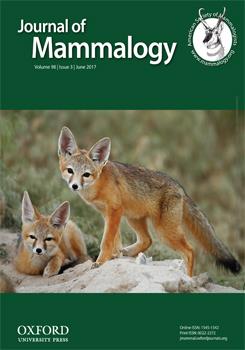Catastrophic natural events can have profound impacts on patterns of genetic diversity. Due to the typically unpredictable nature of such phenomena, however, few studies have been able to directly compare patterns of diversity before and after natural catastrophic events. Here, we examine the impacts of a recent volcanic eruption in southern Chile on genetic variation in the colonial tuco-tuco (Ctenomys sociabilis), a subterranean species of rodent endemic to the area most affected by the June 2011 eruption of the Puyehue-Cordón Caulle volcanic complex. To provide a comparative context for interpreting changes in genetic variation in this species, we also analyze the effects of this eruption on genetic variation in the geographically proximate but more widely distributed Patagonian tuco-tuco (C. haigi). Our analyses indicate that while both C. sociabilis and C. haigi displayed significant post-eruption decreases in population density, the apparent impacts of the eruption on genetic diversity differed between species. In particular, genetic diversity at multiple microsatellite loci increased in C. sociabilis after the eruption while no comparable post-eruption increase in C. haigi was observed at these loci. No changes in post-eruption diversity at the mitochondrial cytochrome b locus were detected for either species. To place these findings in a larger spatiotemporal context, we compared our results for C. sociabilis to genetic data from additional modern and ancient populations of this species. These comparisons, combined with Bayesian serial coalescent modeling, suggest that post-eruption gene flow from nearby populations represents the most probable explanation for the apparent increase in post-eruption microsatellite diversity in C. sociabilis. Thus, detailed comparisons of pre- and post-eruption populations provide important insights into not only the genetic consequences of a natural catastrophic event, but also the demographic processes by which these changes in genetic diversity likely occurred.
How to translate text using browser tools
21 February 2017
Rapid increase in genetic diversity in an endemic Patagonian tuco-tuco following a recent volcanic eruption
Jeremy L. Hsu,
Sharon Kam,
Mauro N. Tammone,
Eileen A. Lacey,
Elizabeth A. Hadly
ACCESS THE FULL ARTICLE

Journal of Mammalogy
Vol. 98 • No. 3
June 2017
Vol. 98 • No. 3
June 2017
Ctenomys
genetic diversity
subterranean rodents
volcanic eruption




